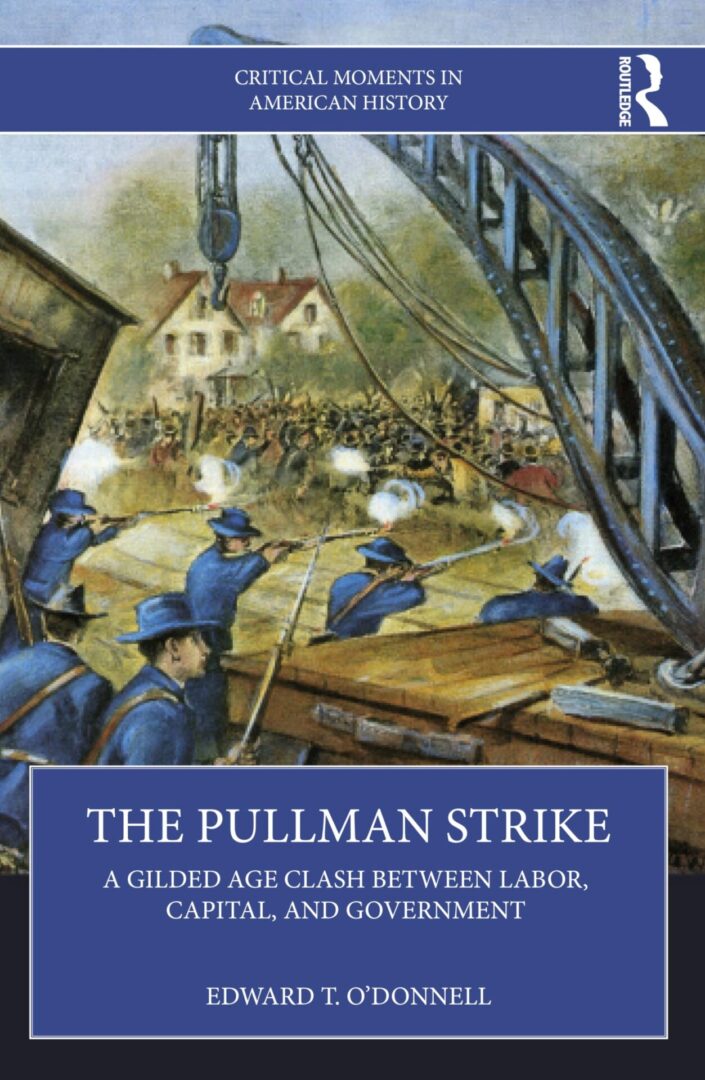The Pullman Strike
A Gilded Age Clash Between Labor, Capital, and Government
Edward T. O'Donnell, Professor, Holy Cross College
This book examines the 1894 Pullman strike, one of the most consequential strikes in US history. It began in May 1894 when workers at the Pullman Palace Sleeping Car Company walked off the job after their employer, George Pullman, repeatedly cut their wages but refused to lower the rents in the model town he had built for them. This local strike in the Chicago area eventually became a national railroad strike when the American Railway Union organized a nationwide boycott wherein its members refused to handle Pullman cars, causing major disruptions in rail traffic across the country. In response, more than two dozen railroads joined forces to thwart the strike, an effort that included convincing the administration of President Grover Cleveland to use federal soldiers and federal court injunctions to end the strike. Under this pressure, along with a relentlessly anti-labor press, the strike eventually collapsed and its leaders, notably Eugene V. Debs, were arrested. The Pullman strike raised compelling questions about the astonishing new power of big business and whether it constituted a threat to democracy. Likewise, it raised questions about the proper role of the government in labor-capital disputes.
